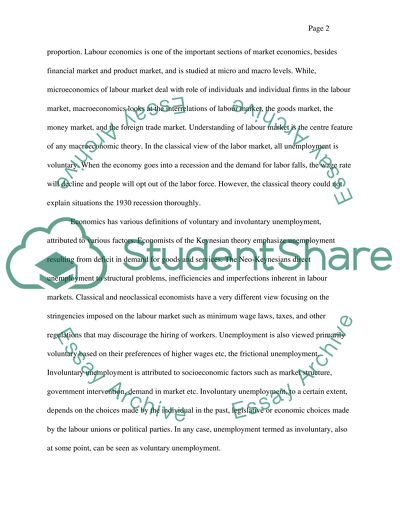Cite this document
(“Macroeconomics Essay Example | Topics and Well Written Essays - 2000 words - 1”, n.d.)
Retrieved from https://studentshare.org/miscellaneous/1553279-macroeconomics
Retrieved from https://studentshare.org/miscellaneous/1553279-macroeconomics
(Macroeconomics Essay Example | Topics and Well Written Essays - 2000 Words - 1)
https://studentshare.org/miscellaneous/1553279-macroeconomics.
https://studentshare.org/miscellaneous/1553279-macroeconomics.
“Macroeconomics Essay Example | Topics and Well Written Essays - 2000 Words - 1”, n.d. https://studentshare.org/miscellaneous/1553279-macroeconomics.


